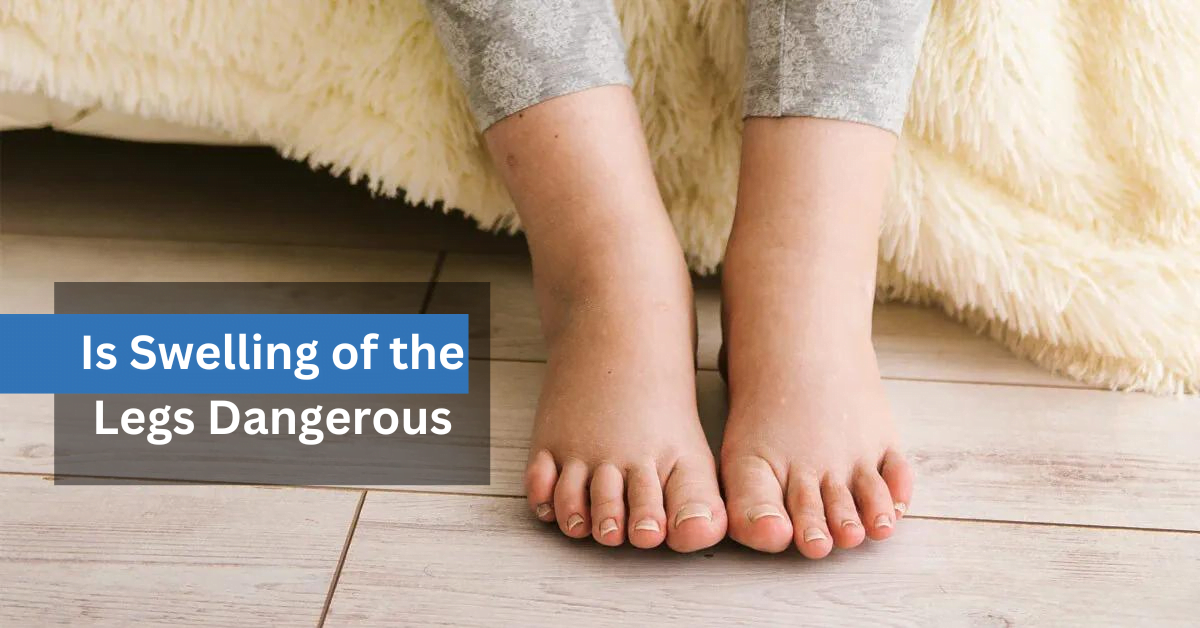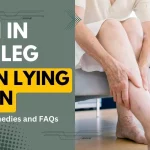Swelling of the legs, also known as peripheral edema, is a common condition that affects many people. It can be caused by a variety of factors, including standing or sitting for long periods of time, pregnancy, hormonal imbalances or a medical condition. While leg swelling can be a minor inconvenience, in some cases it can be a sign of a more serious issue.
In this article, we’ll take a closer look at the dangers of swelling in the legs and what you can do to prevent it.
What Causes Swelling of the Legs?
The most common causes of swelling in the legs include:
- Prolonged standing or sitting
- Pregnancy
- Hormonal imbalances
- Medical conditions such as heart failure, liver disease or kidney disease
- Inactivity or immobility
- Certain medications
- Insect bites or stings
- Varicose veins
It’s important to note that swelling in the legs can be a symptom of a serious medical condition, so it’s important to see a doctor if you experience any unusual swelling.
What Are the Dangers of Swelling in the Legs?
While swelling in the legs can be a minor inconvenience, it can also be a sign of a more serious condition. Some of the dangers of swelling in the legs include:
- Reduced circulation: When the legs are swollen, it can be difficult for blood to circulate properly, which can lead to further health complications.
- Increased risk of blood clots: Swelling in the legs can increase the risk of blood clots, which can be dangerous if they travel to the lungs or heart.
- Pain and discomfort: Swelling in the legs can cause pain and discomfort, especially if you have to stand or walk for long periods of time.
- Skin infections: If the skin is stretched or broken due to swelling, it can be more susceptible to skin infections.
How to Prevent Swelling of the Legs
There are several steps you can take to prevent swelling in the legs:
- Keep your legs elevated: When you’re sitting or lying down, try to keep your legs elevated to improve circulation and reduce swelling.
- Exercise regularly: Regular exercise can help improve circulation and prevent swelling in the legs.
- Wear compression stockings: Compression stockings can help improve circulation and prevent swelling in the legs.
- Maintain a healthy weight: Being overweight can put additional pressure on your legs, which can lead to swelling. Maintaining a healthy weight can help prevent swelling.
- Avoid standing or sitting for long periods of time: If you have to stand or sit for long periods of time, take breaks to stretch and move your legs to improve circulation.
Frequently Asked Questions (FAQs)
Q: Is swelling in the legs always dangerous?
A: No, swelling in the legs is not always dangerous. However, if you experience any unusual swelling, it’s important to see a doctor to rule out any underlying medical conditions.
Q: Can swelling in the legs be a symptom of heart failure?
A: Yes, swelling in the legs can be a symptom of heart failure, which is a serious medical condition. If you experience any unusual swelling, it’s important to see a doctor.
Q: Can exercise help prevent swelling in the legs?
A: Yes, exercise can help prevent swelling in the legs
by improving circulation and reducing pressure on the legs. Regular physical activity, such as walking or swimming, can also help maintain a healthy weight and reduce the risk of swelling.
Q: Can compression stockings help prevent swelling in the legs?
A: Yes, compression stockings can help prevent swelling in the legs by improving circulation and reducing pressure on the legs. They can be especially helpful for people who stand or sit for long periods of time or who are at a higher risk of swelling.
Conclusion:
Swelling of the legs is a common condition that can be caused by a variety of factors, including prolonged standing or sitting, pregnancy, hormonal imbalances, and medical conditions. While swelling in the legs can be a minor inconvenience, it can also be a sign of a more serious issue. If you experience any unusual swelling, it’s important to see a doctor to rule out any underlying medical conditions.
To prevent swelling in the legs, it’s important to keep your legs elevated, exercise regularly, wear compression stockings, maintain a healthy weight, and avoid standing or sitting for long periods of time. By taking these steps, you can reduce the risk of swelling and maintain good health.



